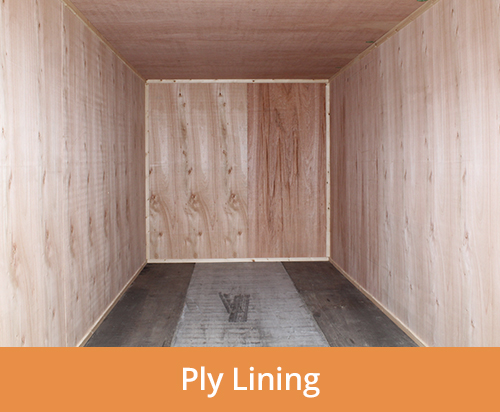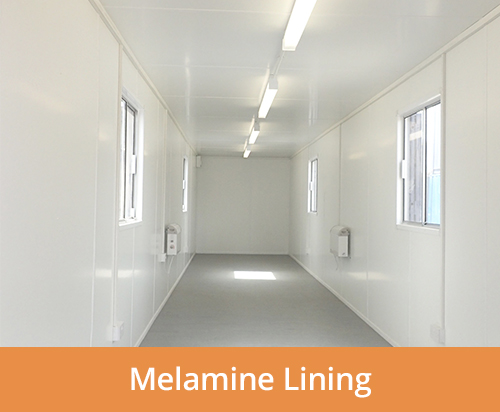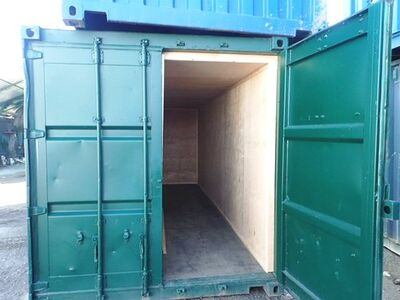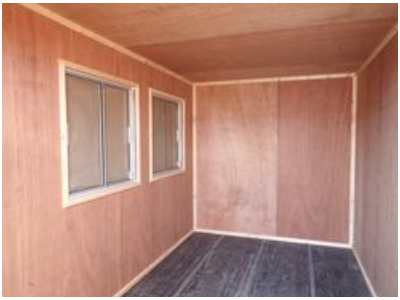Why You Need an Insulated Storage Container
Wednesday 15 September 2021 Filed in: General
With the colder weather approaching now is a good time to talk about why you need an insulated storage container. It's important to have the right container for your stored goods, and insulation will keep your container at a consistent temperature, banishing condensation and protecting the contents. Find out what items benefit from insulation during storage and how this is achieved.

What is an insulated container?
 Any type of container that has been lined inside will provide insulation. Behind the lining you'll find some form of insulating material. We find the smartest way to banish condensation nightmares for good is by ply lining and insulating containers, using 100mm Rockwool packed behind a timber ply boards. The ambient temperature inside the container is then stabilised, condensation cannot form and your stored goods will be safe from the perils of damp conditions. You can say goodbye to permeating aromas of mould and mildew, soggy cardboard boxes and strange stains on your fabrics. In addition, ply lining is a lot easier on the eye than metal – your container can be both smart and practical!
Any type of container that has been lined inside will provide insulation. Behind the lining you'll find some form of insulating material. We find the smartest way to banish condensation nightmares for good is by ply lining and insulating containers, using 100mm Rockwool packed behind a timber ply boards. The ambient temperature inside the container is then stabilised, condensation cannot form and your stored goods will be safe from the perils of damp conditions. You can say goodbye to permeating aromas of mould and mildew, soggy cardboard boxes and strange stains on your fabrics. In addition, ply lining is a lot easier on the eye than metal – your container can be both smart and practical!
We use 12mm thick ply with an attractive redwood finish as standard, but are happy to supply other grades of thickness upon request. Using our extensive experience and skilled workforce, we manufacture a timber framework, insulate the ceiling and walls of the container with rockwool, and overlay this material with ply wood. To ensure the container remains completely watertight we use a "squeeze fit" timber framework, which means we don't need to drill or pierce the container walls.
 Other types of lining can be used to insulate containers in the same way – these include melamine lining, which is often the first choice for container conversions, for example in offices and classrooms, and melamine or stainless steel linings for catering units. Melamine lining also provides a neat and professional finish for office conversions, and a hygienic, easy to maintain interior for food preparation spaces, changing rooms and toilet blocks. All linings give good sound insulation, which is essential if you're going to use a shipping container for any form of habitation or activity.
Other types of lining can be used to insulate containers in the same way – these include melamine lining, which is often the first choice for container conversions, for example in offices and classrooms, and melamine or stainless steel linings for catering units. Melamine lining also provides a neat and professional finish for office conversions, and a hygienic, easy to maintain interior for food preparation spaces, changing rooms and toilet blocks. All linings give good sound insulation, which is essential if you're going to use a shipping container for any form of habitation or activity.



